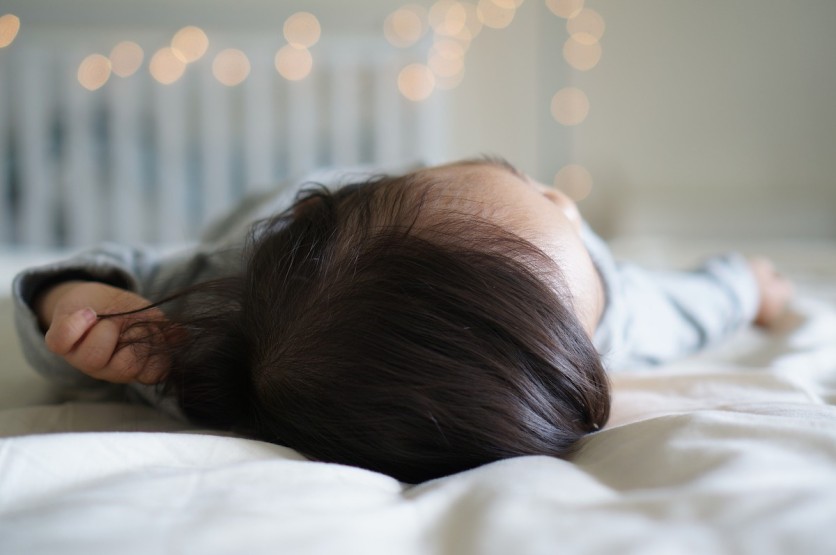
Researchers have developed a new skill for smart speakers called BreathJunior that allows these devices to monitor infants' breathing and movement while they are sleeping.
Many parents find themselves constantly anxious about their babies' well-being, even when the little ones are asleep. With these parents in mind, a team of researchers worked on BreathJunior, which lets a device not only soothe a sleeping baby, but also monitor their breathing and movement as they slumber.
Using Smart Speakers And White Noise
Smart speakers are already very common in many households, so the team chose to develop a system that runs on a smart speaker design based on Amazon Echo. Furthermore, as coauthor and University of Washington associate professor Shyam Gollakota pointed out in a news release from the university, these devices are already capable of producing white noise, which is a combination of various sound frequencies.
White noise makes a seemingly random sound, which effectively conceals other noises that could wake an infant.
For this new software-based skill, the team also used white noise to use a smart speaker as a breathing monitor. To do this, they needed to figure out how to detect the minute changes — caused by the baby's breathing — between the white noise the speaker transmits and the white noise that gets reflected back to its microphones.
First author and UW doctoral student Anran Wang explained that the team began by generating a random white noise signal, which reflects off the baby. The smart speaker's microphone captures this signal, then compares it to the original random signal it sent out and isolate the information about the baby's motion.
One challenge is that the baby's body and movements are so small that a device needs to know exactly where the infant is to detect their breathing.
"Our algorithm takes advantage of the fact that smart speakers have an array of microphones that can be used to focus in the direction of the infant's chest," Wang said. "It starts listening for changes in a bunch of potential directions, and then continues the search toward the direction that gives the clearest signal."
BreathJunior Aces Initial Tests
The team tested BreathJunior using a prototype smart speaker and an infant simulator, which let them test different respiratory rates as well as see whether the system could detect abnormal breathing patterns, such as apnea. It performed well in both tests.
Next, BreathJunior was tested on real babies in the neonatal intensive care unit who were also connected to respiratory monitors in the hospital. This allowed the team to compare their findings with the machine's findings. Tests revealed that the system was accurate for respiratory rates up to 65 breaths per minute.
While the smart speaker system could help an infant sleep more soundly and parents monitor their child's breathing, the team stressed that it's not shown at all to reduce the risk of sudden infant death syndrome.
"It is very important to note that the American Academy of Pediatrics recommends not using a monitor that markets itself as reducing the risk of sudden infant death syndrome, and this research and the team makes no such claim," coauthor Dr. Jacob Sunshine of UW School of Medicine said.
The team is scheduled to present its test results and findings at the MobiCom 2019 conference in Los Cabos, Mexico on Tuesday, Oct. 22.




